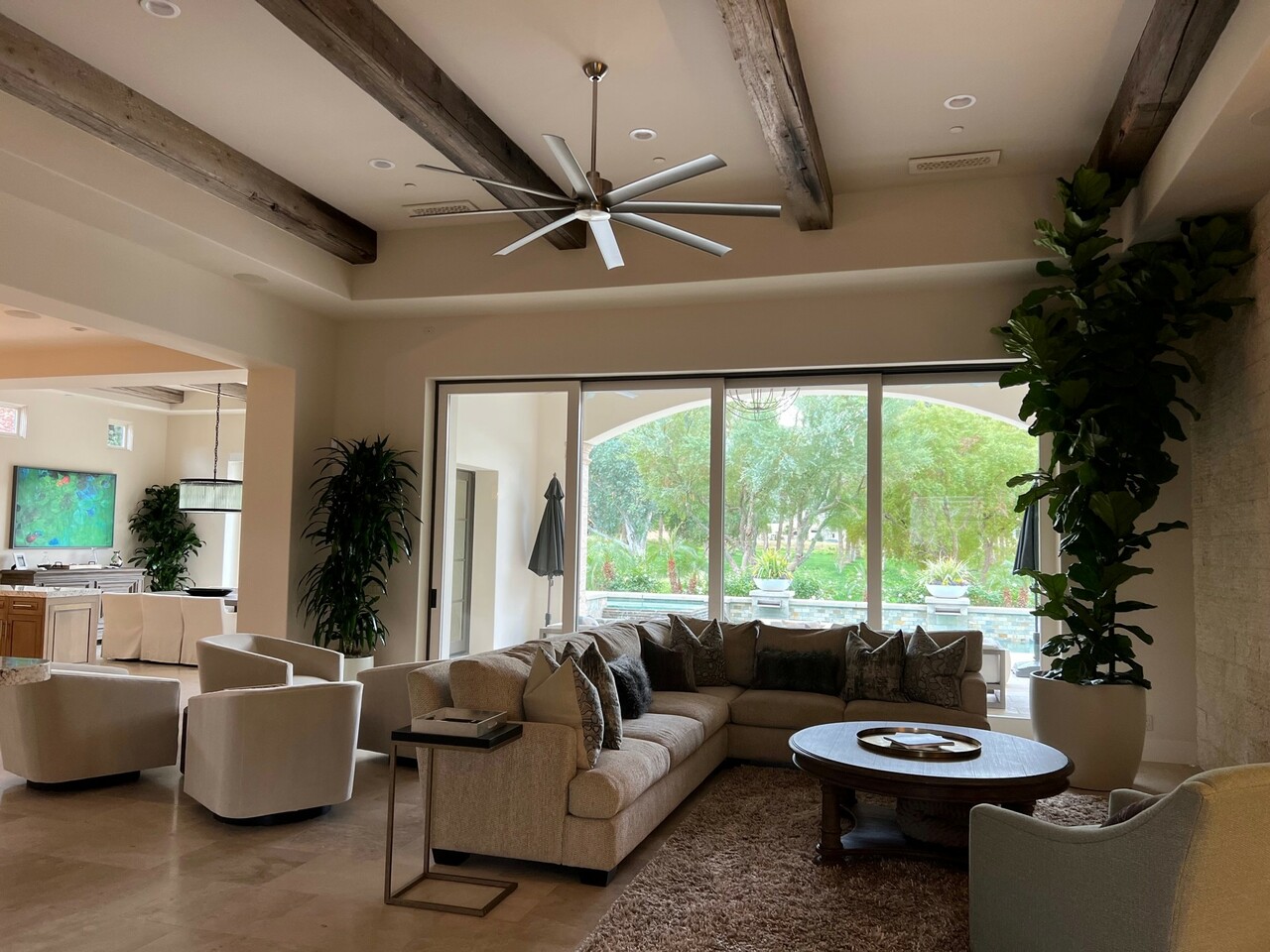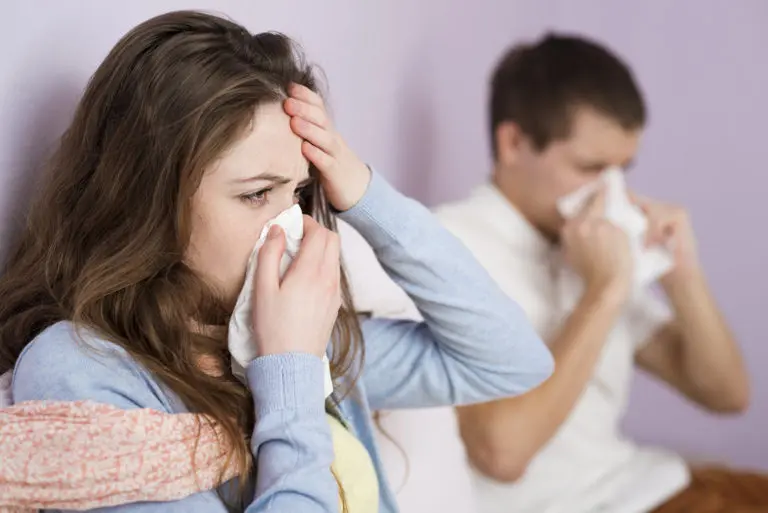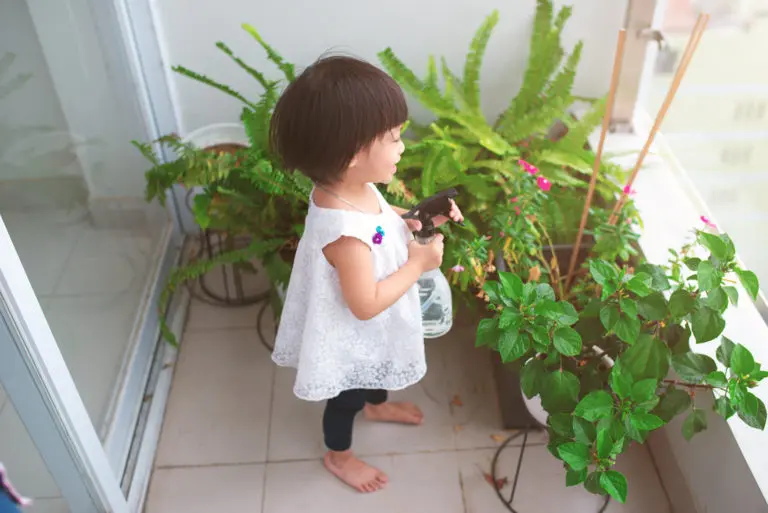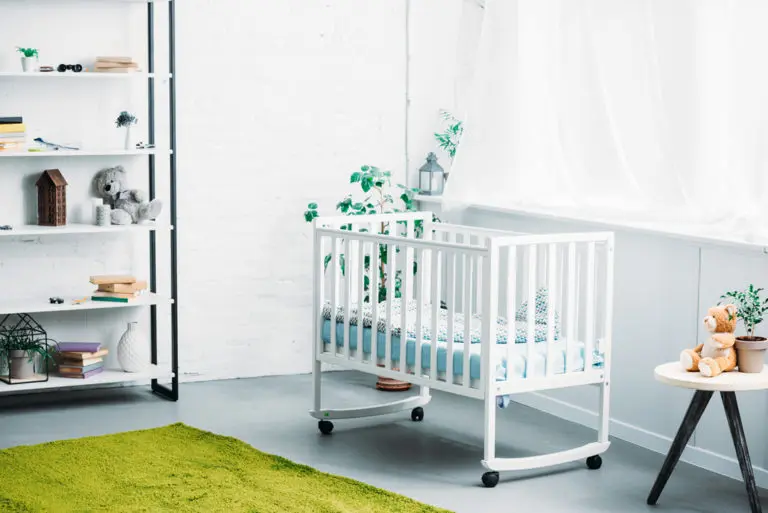Plants to Rescue Your Home
The good news is that a Residential indoor plant service can remove VOCs 24/7 by absorbing and degrading air pollutants and releasing oxygen into the air as part of the photosynthetic process. Plants included with a residential indoor plant service are notoriously adept at absorbing gases through pores on the surface of their leaves. It’s this skill that facilitates photosynthesis, the process by which plants convert light energy and carbon dioxide into chemical energy to fuel their growth. Plants can also help manage carbon dioxide levels. Various research groups have analyzed the effect of indoor plants on air quality in workplaces and found that in offices with plants, CO2 levels reduced by about 10 percent in an air-conditioned building and 25 percent in a building without air-conditioning.
What Scientists Say
Scientists studying the air-purification capacities of indoor plants have found that plants can absorb many other gases in addition to carbon dioxide, including a long list of volatile organic compounds (VOCs). Benzene (found in some plastics, fabrics, pesticides and cigarette smoke) and formaldehyde (found in some cosmetics, dish detergent, fabric softener, and carpet cleaner) are examples of common indoor VOCs that plants help eliminate and help with allergy symptoms.
Here is How Plants Purify The Air
You don’t need a forest. Just one plant can help improve indoor air quality. Just one plant in a room is fine; a single plants capacity to remove pollutants is absolutely phenomenal. VOC levels in most dwellings and workplaces can contribute to sick building syndrome, which has been associated with headaches, dry eyes, nose and throat, a woozy-head feeling and nausea. Researchers have found that plants can help to reduce the amount of sick leave people take. An indoor plant’s ability to remove these harmful compounds from the air is an example of phytoremediation, which is the use of any plant — indoors or out — to mitigate pollution in air, soil or water.
Residential Indoor Plants
Residential indoor plants remove pollutants from the air by absorbing these gases through their leaves and roots. The microorganisms that live in the soil of potted plants also play an instrumental role in neutralizing VOCs and other pollutants. Some plants may actually not only remove pollutant but also improve air quality. One such example is the peace lily that absorbs benzene, formaldehyde, and trichloroethylene. Another example is the Dracaena Massangeana, or corn plant, that eliminates xylene, toluene, benzene, and trichloroethylene. And one more example, Hedera, or English Ivy, a climbing plant that can remove allergens such as mold and animal feces.




